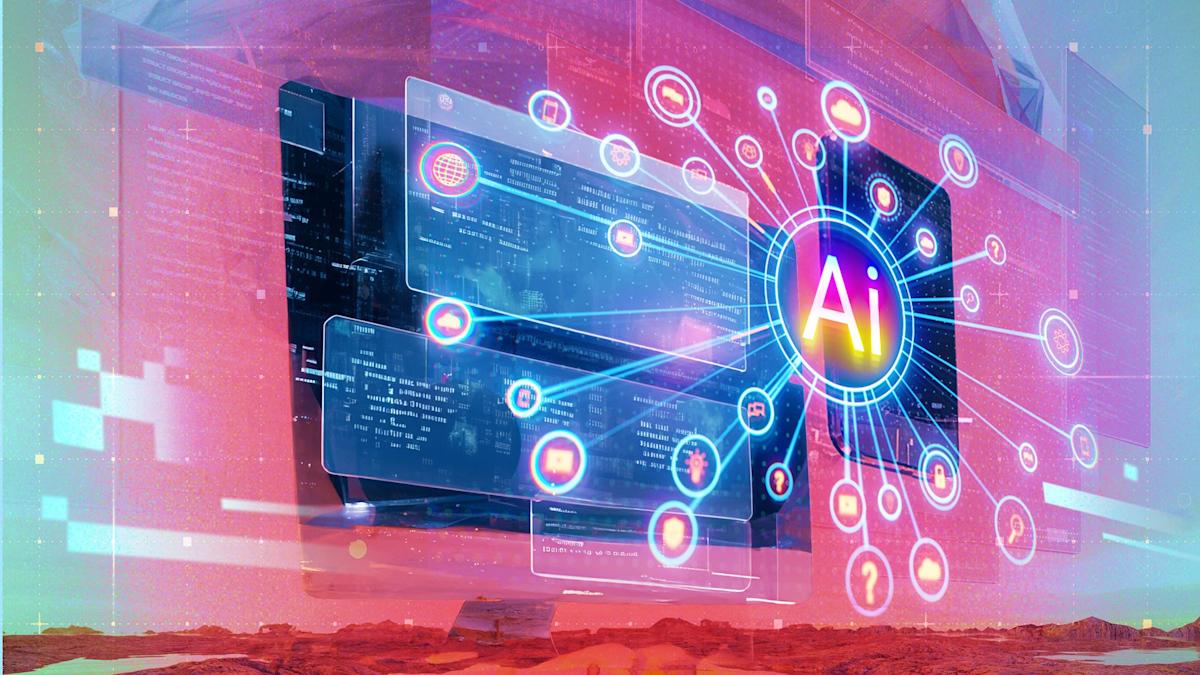9 Exciting AI Trends I’m Currently Following

The AI Landscape in 2025: Exciting Advances and Notable Fails
The artificial intelligence (AI) sector is undergoing significant transformations as we progress into 2025. With developments that focus on practical applications rather than lofty ambitions, exciting new technologies are emerging. This article highlights some of the most remarkable AI innovations this year while also addressing some less-than-stellar outcomes.
Key AI Developments in 2025
1. OpenAI’s Operator
One of the standout releases from OpenAI is the "Operator," which debuted in January 2025. This AI tool can autonomously surf the internet and complete tasks like a human, performing actions like typing, clicking, and scrolling. Currently available as a research preview for ChatGPT Pro users, the Operator can handle jobs like ordering groceries via GrubHub or conducting online research. When it encounters tasks requiring human input, such as entering sensitive information or dealing with CAPTCHAs, it prompts the user for assistance.
2. Samsung Galaxy’s Cross App Actions
Samsung has integrated an innovative AI voice assistant in its Galaxy S25 Ultra smartphone, named "Cross App Actions." This capability allows users to make complex requests, such as finding restaurants or creating workout plans, which the AI executes seamlessly. Though other companies like Amazon and Apple are working on similar enhancements for their assistants, Samsung appears to be ahead in this game.
3. DeepSeek: A Rising Contender
Emerging from China, the DeepSeek chatbot has captured attention by offering performance akin to ChatGPT but at lower costs. This has prompted American companies to rethink their strategies. However, concerns about privacy and misleading information tied to DeepSeek’s connections to the Chinese government have surfaced, prompting investigations by the Trump administration. If DeepSeek proves efficient, it could push American firms to improve their operations.
4. Microsoft Copilot Vision
Microsoft’s Copilot Vision signifies a paradigm shift for AI assistants. This tool can view user actions on screens and even access phone cameras to engage meaningfully in conversations. Currently available for free in the Edge browser, the Copilot provides users with a more natural interaction style, reducing the need for precise prompts.
5. ChatGPT with Memory
ChatGPT has taken a significant step forward by incorporating a memory feature. This allows the chatbot to recall previous interactions, making conversations more coherent and tailored to the user. For instance, it can link topics based on earlier discussions, creating a personalized experience that evolves over time. This capability has been extended to other platforms, enhancing user experience across the board.
6. Waymo’s Expansion of Self-Driving Cars
Waymo has significantly increased its fleet of self-driving cars in major urban areas such as San Francisco and Los Angeles. This technology allows riders to experience rides without human drivers, and the company has plans for further expansion in other cities, including Las Vegas and San Diego, despite facing challenges in less-than-ideal weather conditions.
7. ChatGPT’s Image Generator
A new image generation tool built on the GPT-4o model has recently launched, replacing DALL-E. This development has sparked interest and resulted in an influx of user-generated imagery across social media. The feature briefly restricted access due to high demand but has now returned, allowing creative freedom, although it raises concerns regarding the potential for misuse in creating harmful or controversial images.
8. AI Playing Pokémon
Anthropic’s Claude model gained popularity by showcasing its gaming abilities by playing Pokémon Red. Streaming its gameplay, the AI demonstrated improvements in reasoning and decision-making over earlier models. This captivating event provides a light-hearted glimpse into AI advancements.
9. AI Innovations for Birdwatching
One interesting application of AI technology is the Bird Buddy Smart Feeder Pro, which identifies bird species visiting feeders without subscription costs. This advancement indicates significant improvements in AI technology and opens doors for innovative smart home devices.
Notable Shortcomings in AI Technology
While the AI landscape has showcased many breakthroughs, not everything has been successful. Companies are still experimenting, leading to some missteps.
Tesla Challenges: One incident involved a Tesla Cybertruck crashing into a pole, illustrating the potential dangers of unrefined AI technologies.
GPU Shortages: OpenAI is struggling with GPU capacity, which has hindered the rollout of new features like GPT-5.
Overhyped Ads: Apple is currently facing lawsuits for allegedly overstating the AI capabilities of its iPhone 16.
Bloatware Issues: The integration of AI into PC devices has resulted in unnecessary features that complicate user experience.
- Negative Impacts of AI: The societal impact of AI continues to raise serious questions, including increased loneliness and the spread of misinformation and energy consumption issues.
As the AI industry evolves, both advancements and failures highlight the balance needed to harness the technology responsibly. Understanding these developments will inform how we navigate the rapidly changing landscape of artificial intelligence.






